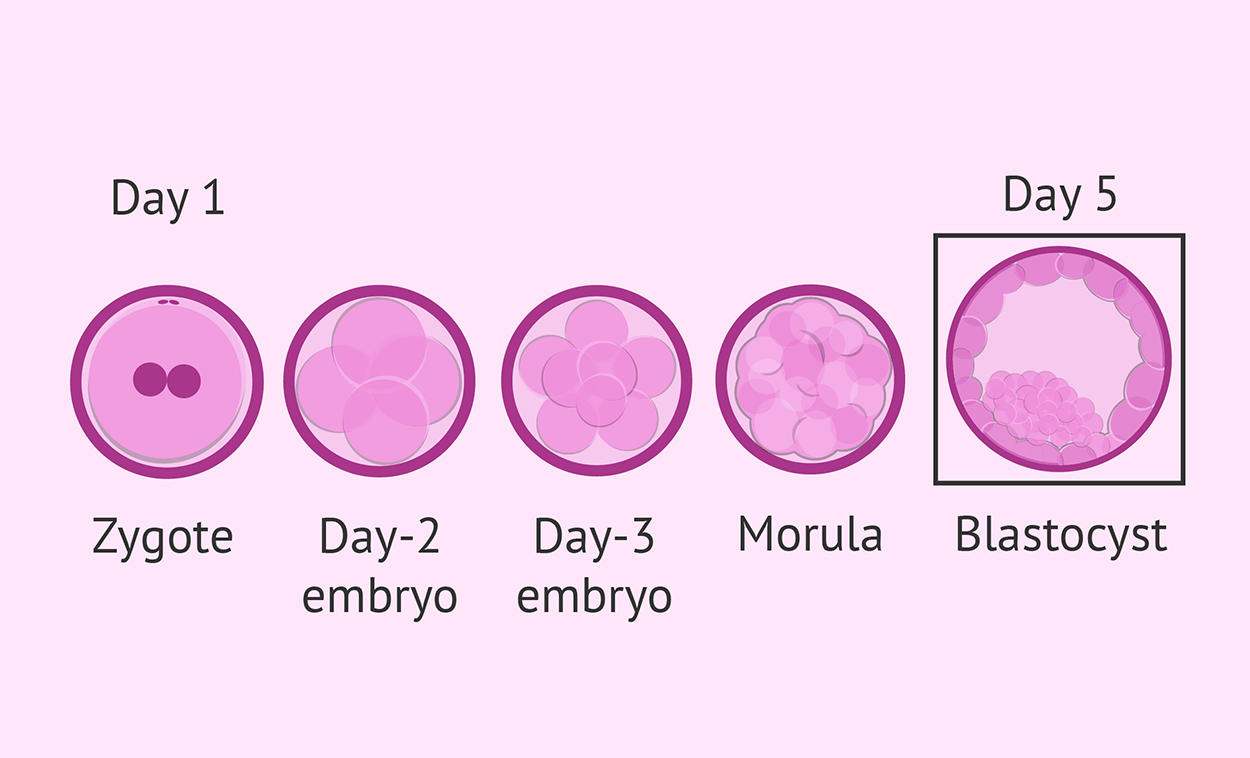BLASTOCYST CULTURE
Blastocyst is a Human embryo stage that has developed for 5-7 days after fertilization. The embryo must reach at blastocyst stage before it can hatch and implant in the uterus.
What is Blastocyst?
The technique in which Human Embryo is successfully developed to the blastocyst stage outside the human body in the IVF laboratory for 5-7 days is known as “blastocyst culture”.
In the standard IVF practice, the embryos only 2-3 days of development, when the embryos are at the “cleavage stage” are used for transfer into the uterus.
By extending the embryo culture for 5-7 days only some of the embryos of “cleavage stage” develop and progress to from a blastocyst.
Blastocyst are therefore have more potential and better chances for implantation and giving pregnancy than those of the embryos at earlier cleavage stage.
More importantly with the blastocyst culture is that it reduces the risk of multiple pregnancy.
If your previous IVF cycle is failed and if you had Day-2 or Day-3 embryo transfer, then blastocyst culture may help us to determine that whether your embryos can develop beyond day-3 or not. Only the best embryo (blastocyst) is selected for the embryo transfer.
SNEH HOSPITAL is successfully doing blastocyst culture for many of our patients.

